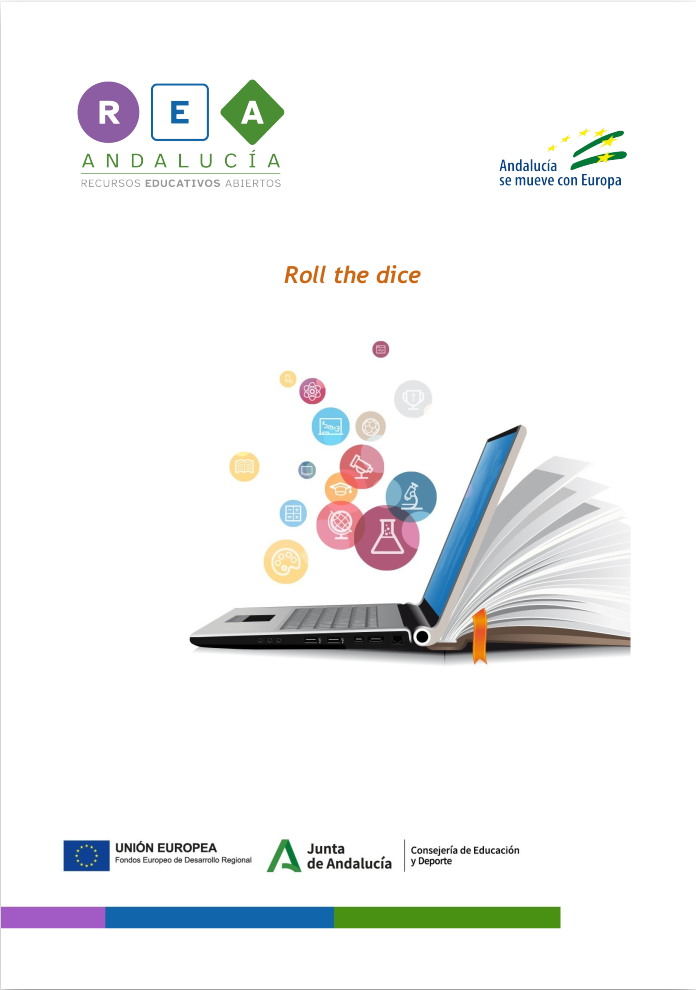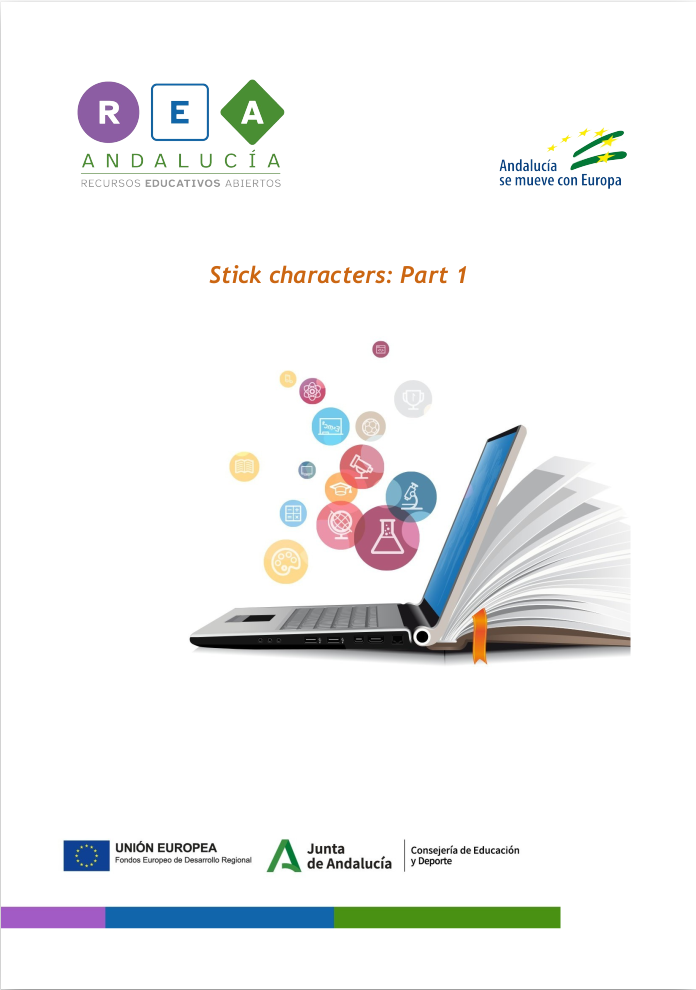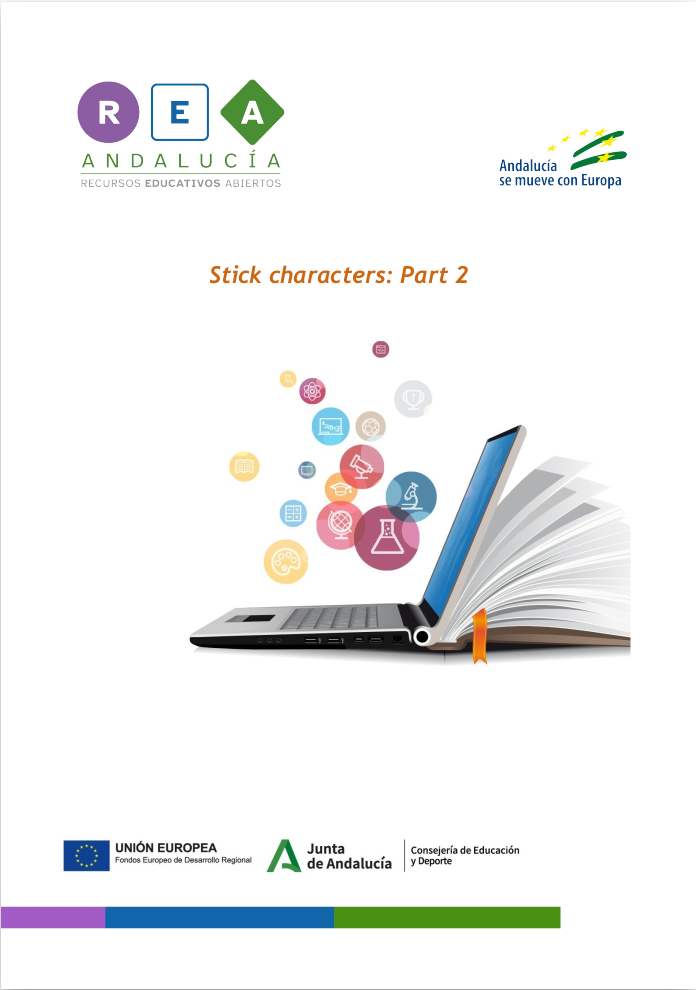1. Do crocodiles
JXUwMDM0JXUwMDA1JXUwMDFmJXUwMDEz
in Asia and Africa?
2. A shark
JXUwMDNjJXUwMDBiJXUwMDBhJXUwMDE2JXUwMDFkJXUyMDc3JXUyMDZkJXUwMDU0JXUwMDQ4JXUwMDA5JXUwMDE3JXUwMDEz
bones.
3. A frog
JXUwMDMwJXUwMDA5JXUwMDEy
excellent night vision.
4. Male mosquitoes
JXUwMDNjJXUwMDBiJXUwMDAxJXUyMDc3JXUyMDZkJXUwMDU0JXUwMDQyJXUwMDBiJXUwMDFkJXUwMDEx
.
5.
JXUwMDFjJXUwMDJiJXUwMDBhJXUwMDE2
a salamander breathe through lungs?
6. A penguin
JXUwMDdhJXUwMDQ0JXUwMDBhJXUwMDA1JXUwMDBjJXUwMDE2JXUwMDUx
underwater.
7. Most human beings
JXUwMDJiJXUwMDFmJXUwMDA5JXUwMDAwJXUwMDE1
at night.
8.
JXUwMDFjJXUwMDJi
whales travel more than 16000 km a year?
9. A salamander
JXUwMDNjJXUwMDBiJXUwMDBhJXUwMDE2JXUwMDFkJXUyMDc3JXUyMDZkJXUwMDU0JXUwMDQzJXUwMDBiJXUwMDA5JXUwMDBmJXUwMDA5JXUwMDAy
colour.
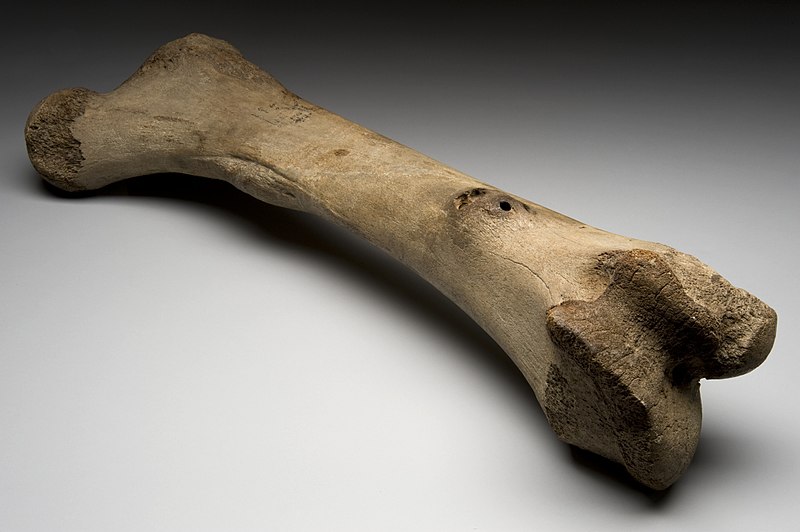
Definition:
Each of the hard parts that form the skeleton.
Cada una de las partes duras que forman el esqueleto.
Example:
There are more than 200 bones in the human skeleton.
El esqueleto humano tiene más de 200 huesos.
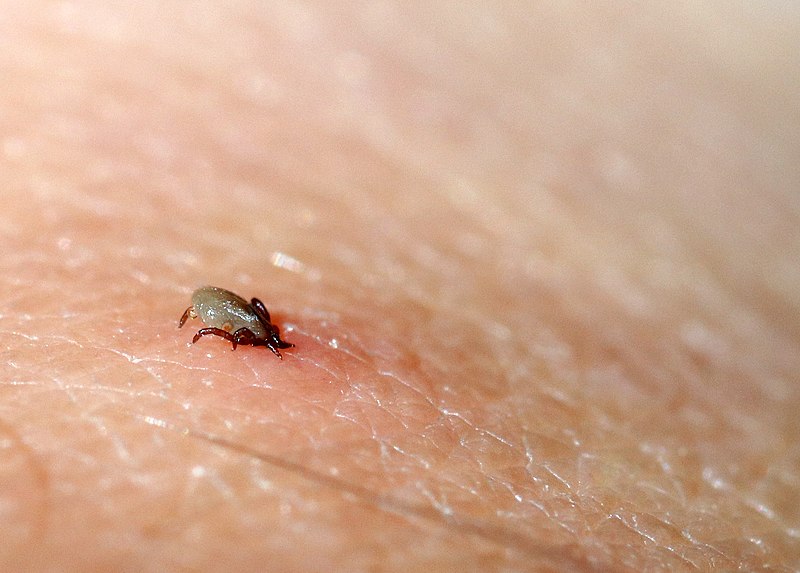
Definition:
To feed by breaking a person’s skin with the mouth.
Romper la piel de una persona con la boca para alimentarse.
Example:
Insects bite when they are bothered.
Los insectos pican cuando se les molesta.
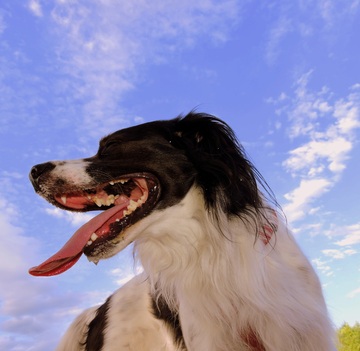
Definition:
To take air or smoke into the lungs and send it out.
Llevar aire o humo a los pulmones y expulsarlo.
Example:
Animals must breathe to survive.
Los animales deben respirar para sobrevivir.
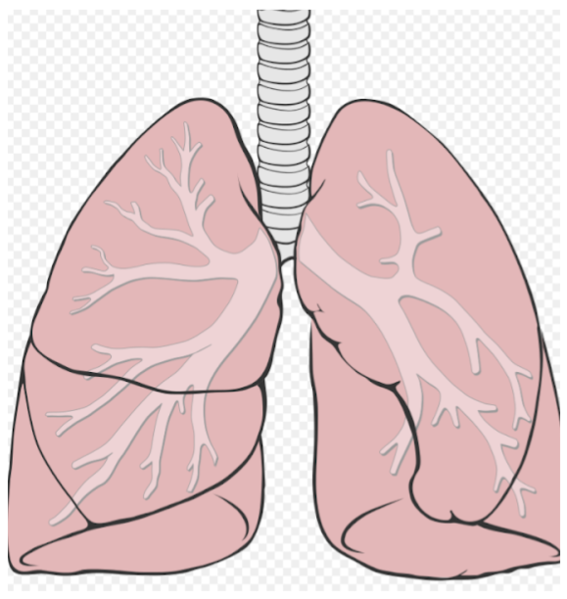
Definition:
One of two organs used for breathing.
Uno de los dos órganos usados para respirar.
Example:
Smoking harms your lungs.
Fumar daña los pulmones.


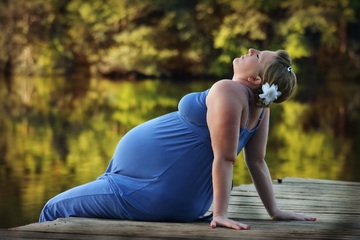
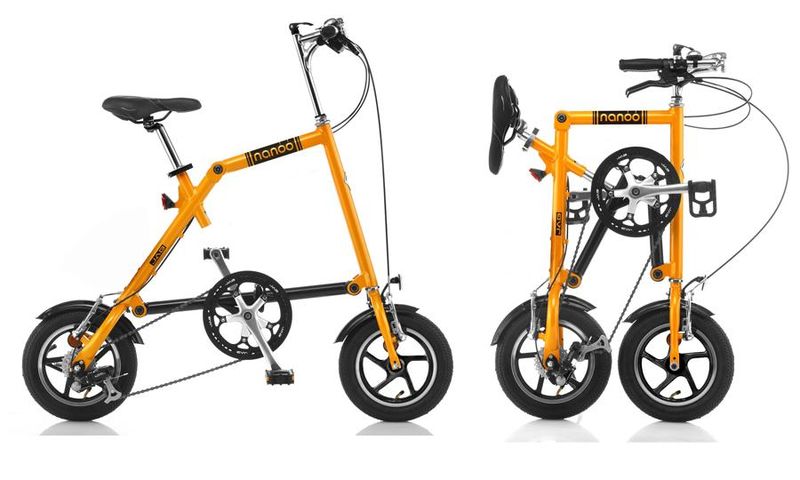

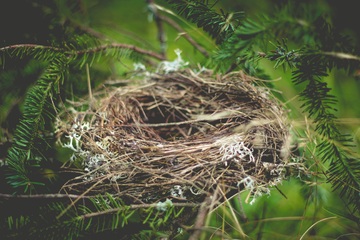
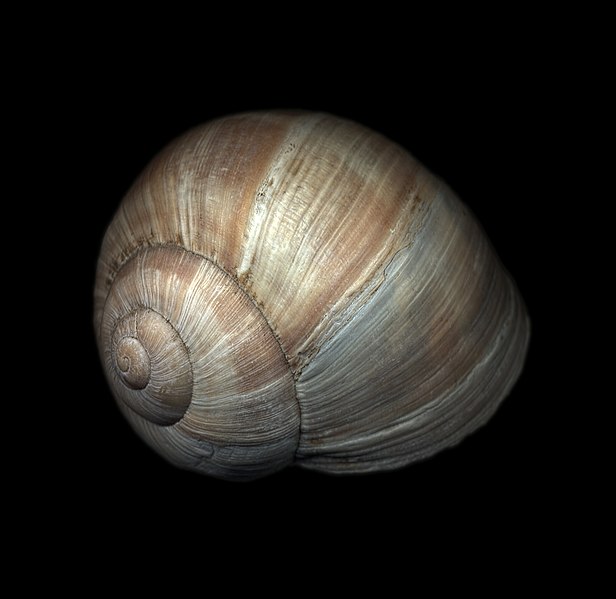
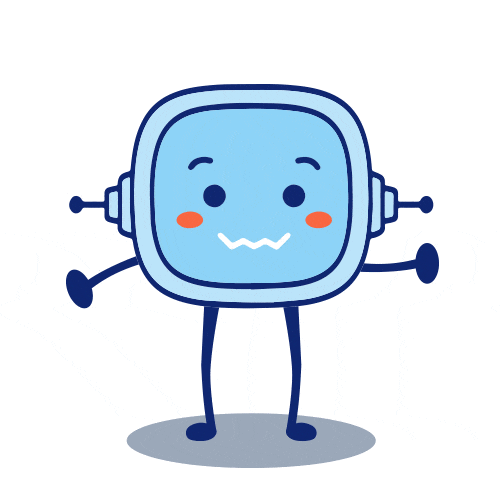 Now, it’s time to express some facts and routines.
Now, it’s time to express some facts and routines.